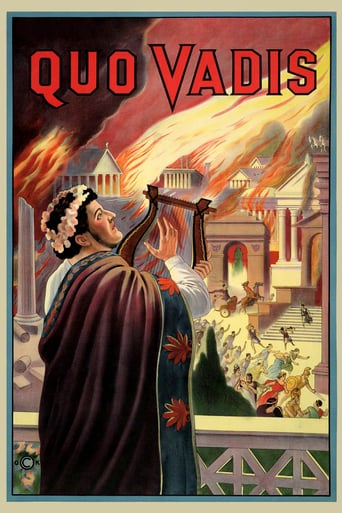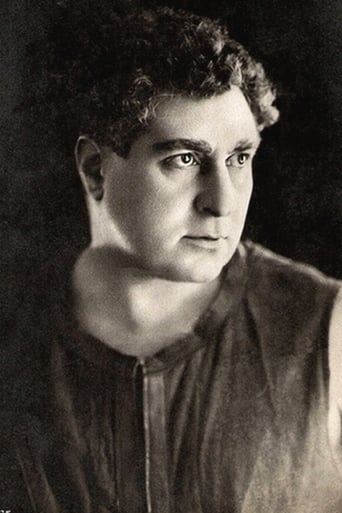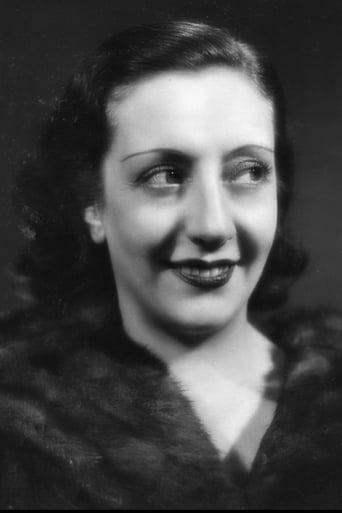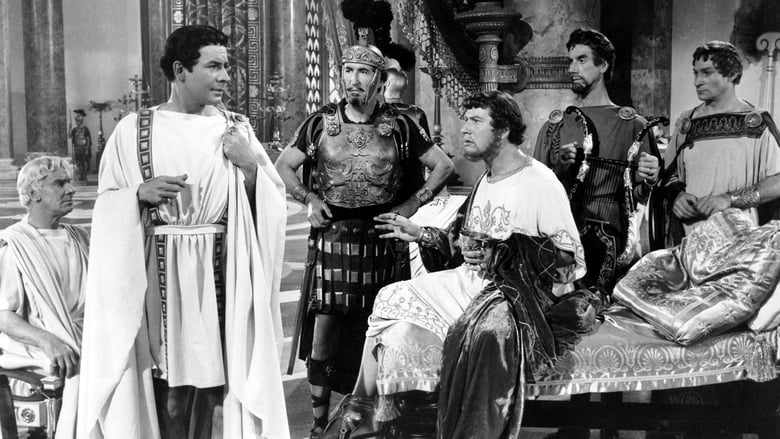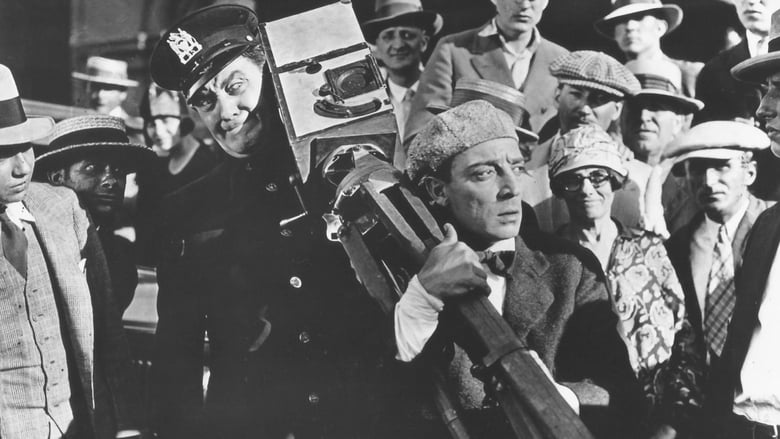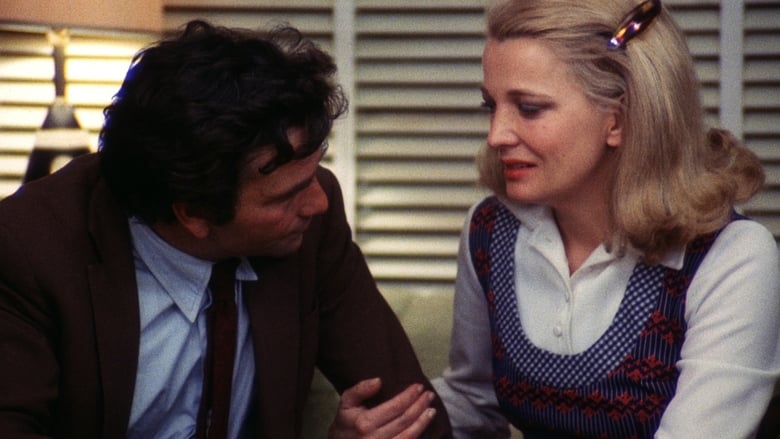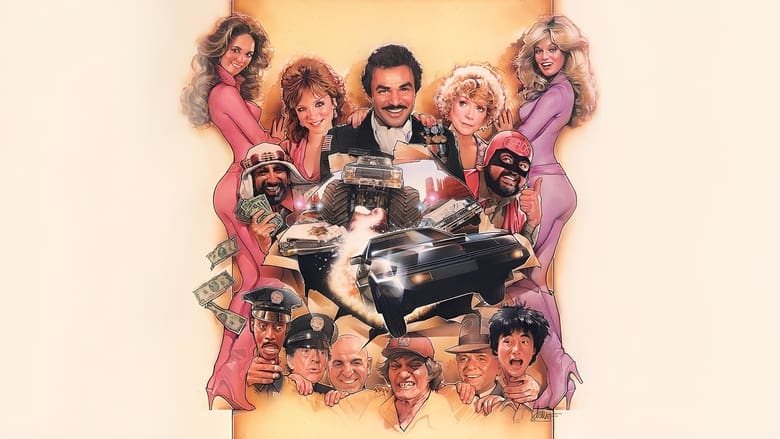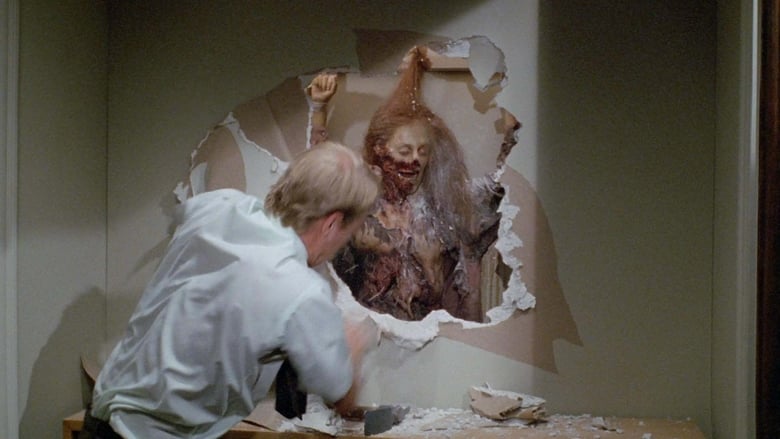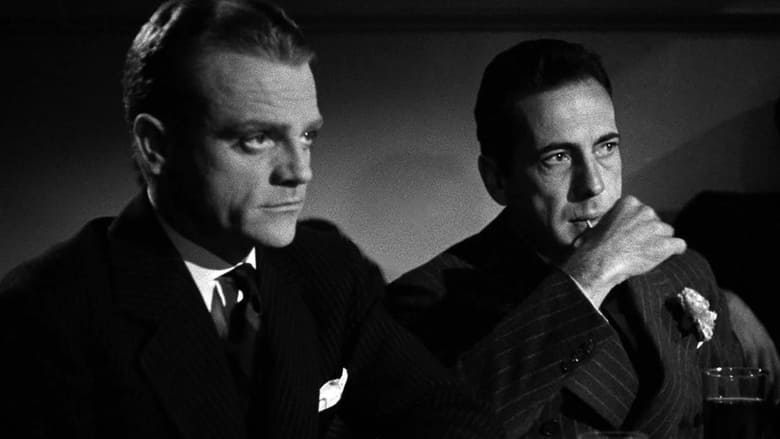During the latter years of the reign of the tyrannical Roman emperor Nero, Marcus Vinicius, one of Nero's officers, falls in love with a young Christian named Lygia, attempting to enslave her. Lygia's protector, the noble and burly Ursus, works to save her from Vinicius' clutches. Pursuing Lygia, Vinicius finds himself at a catacomb prayer meeting led by the apostle Peter and finds his conscience stirring-- just as Nero orders Rome burned. A landmark in epic film, Enrico Guazzoni’s grand-scale masterpiece laid the foundations for what colossal Italian spectacles would become. The film had tremendous influence on Giovanni Pastrone’s Cabiria (1914) and D.W. Griffith’s Intolerance (1916).


Similar titles
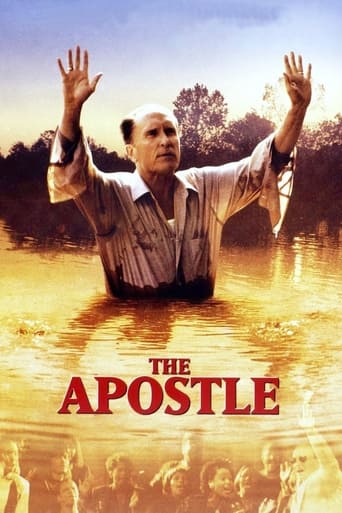

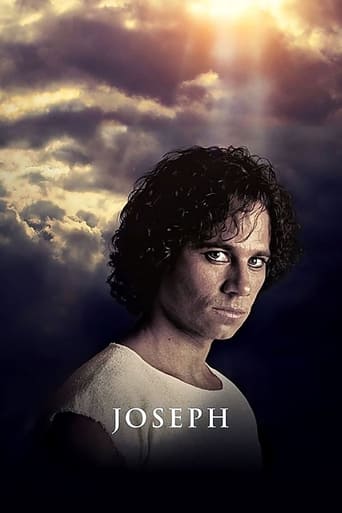
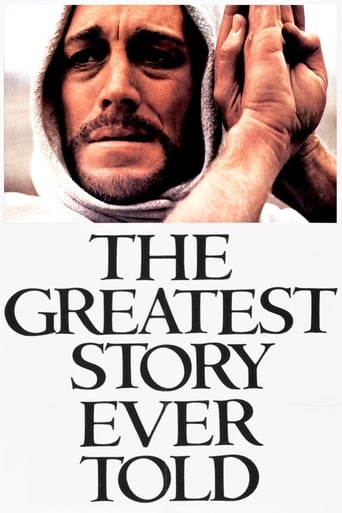
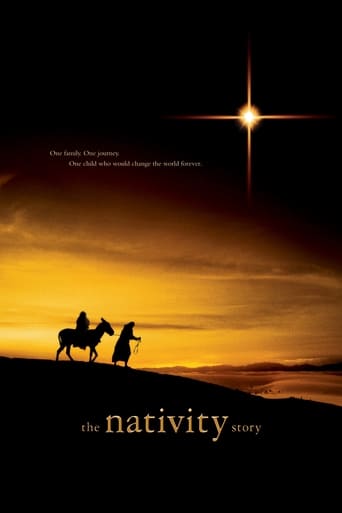

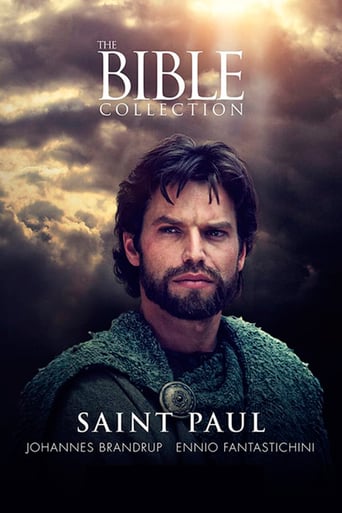
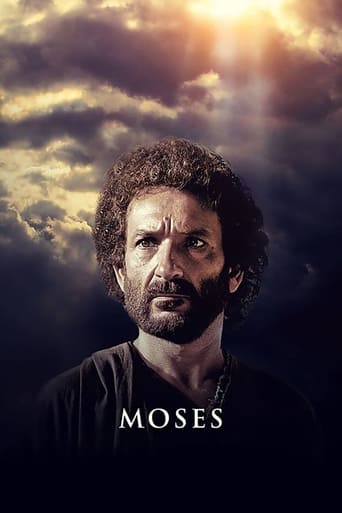


Reviews
"Quo Vadis?" (1913) was a landmark in early Italian historical epic films and certainly Herr Enrico Guazzoni's grand scale masterpiece laid the foundations for what genuine kolossal Italian spectacles should be. It had a great deal of influence on Herr Giovanni Pastrone's "Cabiria" 1914) and D.W. Griffith's "Intolerance" (1916).It is easy to see why "Quo Vadis?" shocked early silent audiences because even today to watch this astonishing oeuvre is like visiting an archaeological delicatessen and is a pleasure for silent fans. The film is a larger-than-life picture that was based on a Polish historical novel written by Henryk Sienkiewicz. The book was adapted for the silent and talkie screen many times but the story is so complex that it is hard to summarize in film form. There are a lot of Romans, an incendiary Caesar, many Christians and a horde of extras. Sometimes this Herr Graf got a little confused trying to remember who loves who and who is conspiring against whom."Quo Vadis?" is typical of Herr Guazzoni with his eye for details and his skill in using his big budget to maximum effect. The film is well paced and of course there are many great set pieces: Rome in flames, a chariot race and a coliseum full of gladiators, helpless Christians and very hungry lions. Besides the grand spectacle, the film includes also more prosaic subjects like morality and faith in reference to the early Christians and the struggle of this new religion and its human values in the face of Roman decadence and barbarism.In technical aspects, "Quo Vadis?" is a surprising oeuvre for its detailed framing wherein the depth of field works very effectively in focusing the viewer' s attention right where it needs to be when some much is happening on screen.Unfortunately "Quo Vadis?" hasn't had the well-earned praise of other similar Italian historical epic films; that's what usually happens with the pioneers. These early and innovative masters have their work copied by advanced pupils who end up with the fame and glory. As the German saying goes: "raise crows, and they'll gouge out your eyes" And now, if you'll allow me, I must temporarily take my leave because this German Count must throw some servants into the Schloss' Coliseum arena.Herr Graf Ferdinand Von Galitzien http://ferdinandvongalitzien.blogspot.com
In the brief introduction preceding the copy I have acquired of this seminal Italian 'kolossal', the hyperbolic epithets of "classic" and "masterpiece" are freely bandied about; while I would not go so far as to use those very words myself in connection with this particular Silent film version of QUO VADIS? (itself the second of 6 film adaptations over the course of a century!), I would gladly agree to call it a milestone – for Italian cinema in general, for the epic genre specifically and, most importantly, for the art of the feature film worldwide. Although MGM's opulent 1951 Technicolor version is easily the most popular of the lot, it is quite remarkable how the actors portraying Roman Consul Marcus Vinicius, Senator Petronius and Emperor Nero here resembled the ones in Mervyn Le Roy's remake – namely Robert Taylor, Leo Genn and Peter Ustinov respectively! Conversely, while Patricia Laffan's sensuous Poppea left an indelible mark in the later Hollywood epic, the frumpy actress playing her in the version under review is anything but memorable. The Greek slave who turns Vinicius' head (and life upside down), then, is portrayed by an actress who, it seemed to me, was way too young for the role but, while her giant servant lacked the magnetism of Buddy Baer, acquitted himself reasonably well in the circumstances. The copy I acquired was clearly a battered-but-watchable one of French origin, accompanied by horrendous computer-generated English intertitles replete with spelling mistakes! As usual with early Silent movies, the overtly theatrical mannerisms affected by the actors gives rise to some unintentionally risible moments; the hot-tempered Vinicius, forever on the verge of slapping his inferiors around, is a particular liability in this regard. Still, like any self-respecting epic to which it paved the way, the overall success of QUO VADIS? is ultimately measured by the spectacle (or lack thereof) on display during the several climaxes integrated into the narrative and, incredibly enough for a movie that is almost a century old, I can safely say that this version of QUO VADIS? does not disappoint: Nero's lavish parties, the burning of Rome, gladiatorial combat in the arena, lions feasting on Christian prisoners (apparently, an unlucky extra became an all-too-real meal for the bloodthirsty felines but, mercifully, the footage does not seem to have been incorporated into the finished film!) and, last but not least, Jesus Christ's apparition to St. Peter on the Appian Way (which meeting, of course, spawned the novel and film's very title).
Stunning, for its day.I saw this many years ago at the National Film Theatre in London. The acting is stagey, and nineteenth century in style, so it's more excessive than anything that you see in the later Hollywood silent films. But they use real locations, and they tell a real plot - although they are still trying to work out how to do this. Birth of a Nation is a sophisticated modern film in comparison. Things moved very far in a few short years.Oh yes, the lions. Well NFT had got that story in the notes somewhere (that they ate an extra on film), so I kept an eye open. But you couldn't possibly tell one way or another. The scene is a bit shambolic - just as if you'd put a camera in the midst of lions in a circus, and didn't know which the interesting bits were going to be. So, no real closeups. The camera just wanders around, making it distanced, banal, and yet utterly real.If you are interested in film history and get a chance to see this, *do*.
Probably the first feature film (over 60 min.) ever, this movie has gigantic sets that rival those of movies made years later. All camera shots are stationary, but this doesn't seem to take away from the story much. The story is fairly close to the book with a few liberties--definitely closer than the 1951 version. Obviously the idea of writing a full-length feature film still needed some work. Characters are simply introduced doing things as though the viewer already knows them. St. Peter steals the show in the last half. He's got some great scenes. An important film to watch for anyone who wants to see early breakthroughs in cinema. It's also a good study of early Christianity in cinema.
